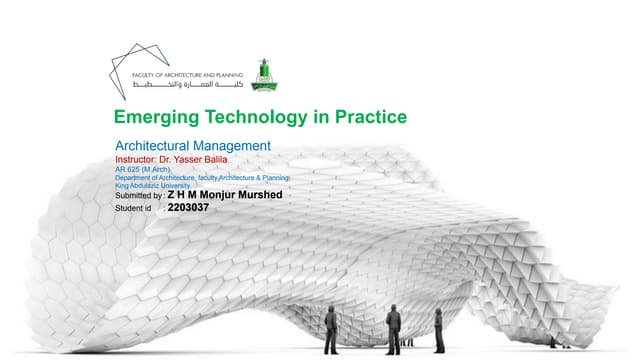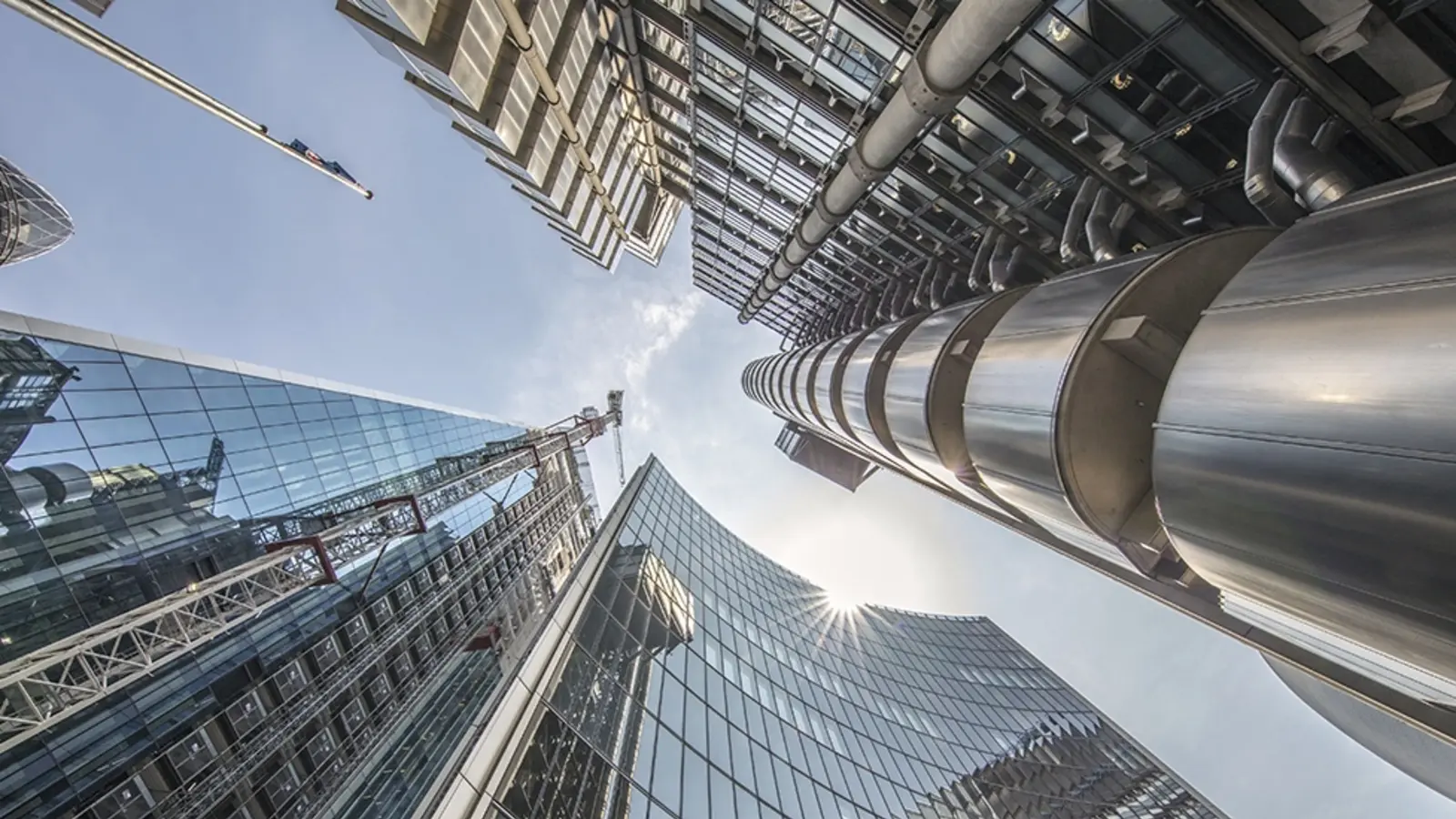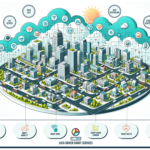Emerging Technologies and Their Potential Impact on Architectural Practice
- By -Peter
- Posted on
- Posted in Architectural Design
The field of architecture is rapidly evolving, driven by the advent of emerging technologies that are transforming how buildings are designed, constructed, and managed. These technologies promise to enhance efficiency, creativity, and sustainability in architectural practice. This article explores some of the most significant emerging technologies and their potential impact on the field.

1. Building Information Modeling (BIM)
Overview: Building Information Modeling (BIM) is a digital representation of the physical and functional characteristics of a building. BIM provides a collaborative platform for architects, engineers, and construction professionals to work together in a unified model.
Impact:
- Enhanced Collaboration: BIM facilitates real-time collaboration among project stakeholders, reducing miscommunication and errors. This integrated approach ensures that all parties have access to the same up-to-date information.
- Improved Design Accuracy: By providing detailed 3D models, BIM allows for more precise design and planning. This leads to better visualization of the final product and identification of potential issues before construction begins.
- Efficiency and Cost Savings: BIM streamlines the design and construction process, reducing time and costs associated with rework and delays. It also enhances project management through better scheduling and resource allocation.
2. 3D Printing
Overview: 3D printing, or additive manufacturing, involves creating three-dimensional objects from digital models by layering materials. This technology is gaining traction in architecture for its potential to revolutionize construction methods.
Impact:
- Rapid Prototyping: Architects can quickly produce physical models of their designs, allowing for better visualization and iterative testing. This accelerates the design process and improves client communication.
- Customized Construction: 3D printing enables the production of complex, customized building components that would be difficult or impossible to create using traditional methods. This opens up new possibilities for innovative architectural forms and structures.
- Sustainable Practices: By reducing material waste and allowing for the use of recycled materials, 3D printing promotes more sustainable construction practices. It also has the potential to lower construction costs and reduce the environmental footprint of building projects.
3. Virtual Reality (VR) and Augmented Reality (AR)
Overview: Virtual Reality (VR) and Augmented Reality (AR) technologies create immersive experiences that enhance architectural design, visualization, and client engagement. VR provides a fully immersive digital environment, while AR overlays digital information onto the physical world.
Impact:
- Enhanced Visualization: VR allows architects and clients to experience a building’s design in a fully immersive environment, providing a better sense of space, scale, and aesthetics. This improves design decision-making and client satisfaction.
- Interactive Design Reviews: AR enables interactive design reviews on-site or in the office, where stakeholders can visualize design changes in real time within the actual physical context. This facilitates better communication and faster decision-making.
- Training and Education: VR and AR technologies are valuable tools for architectural education and professional training, offering immersive learning experiences and practical simulations.
4. Artificial Intelligence (AI) and Machine Learning
Overview: Artificial Intelligence (AI) and Machine Learning (ML) are increasingly being applied in architecture to analyze data, optimize designs, and enhance decision-making processes.
Impact:
- Design Optimization: AI algorithms can analyze vast amounts of data to optimize building designs for factors such as energy efficiency, structural integrity, and occupant comfort. This leads to smarter, more sustainable buildings.
- Predictive Maintenance: AI can monitor building systems and predict maintenance needs before issues arise, reducing downtime and extending the lifespan of building components.
- Generative Design: AI-powered generative design tools can create multiple design options based on specified parameters, allowing architects to explore innovative solutions and find the best design for a given context.
5. Sustainable Materials and Construction Techniques
Overview: Advances in materials science and construction techniques are driving the development of more sustainable building practices. New materials and methods are being designed to minimize environmental impact and enhance building performance.
Impact:
- Eco-Friendly Materials: Innovations such as self-healing concrete, bio-based materials, and recycled composites offer more sustainable alternatives to traditional building materials, reducing the carbon footprint of construction.
- Energy-Efficient Systems: Emerging technologies in insulation, glazing, and HVAC systems improve building energy efficiency, contributing to lower operational costs and reduced greenhouse gas emissions.
- Modular Construction: Prefabrication and modular construction techniques allow for faster, more efficient building assembly, reducing construction waste and site disruption.
Conclusion
The integration of emerging technologies into architectural practice is transforming the way buildings are designed, constructed, and managed. From enhanced collaboration and visualization through BIM and VR to sustainable construction methods enabled by 3D printing and new materials, these technologies promise to make architecture more efficient, innovative, and environmentally friendly. As architects continue to embrace these advancements, the future of architecture will be characterized by greater creativity, sustainability, and resilience.



